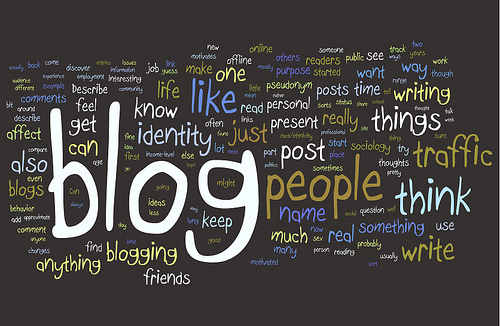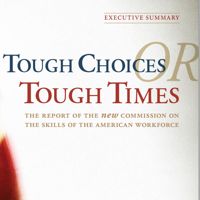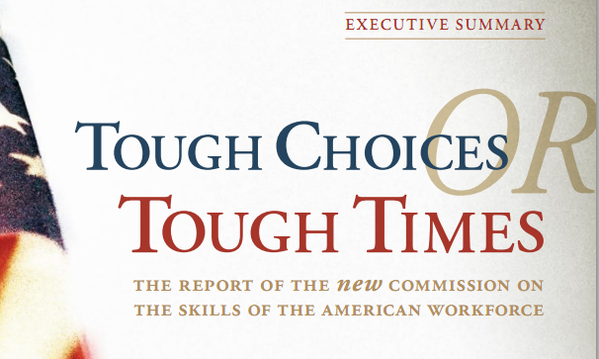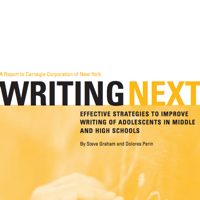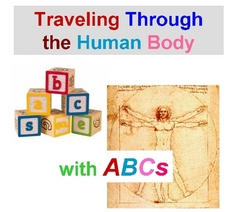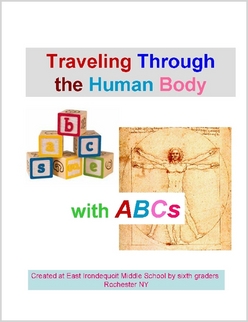On March 7, Microsoft Chairman Bill Gates testified before Congress on changes needed in the nation’s schools and immigration laws. When your foundation gives away more than $3 billion, you earn the right to an opinion. He said, “the U.S. cannot maintain its economic leadership unless our work force consists of people who have the knowledge and skills needed to drive innovation.” For more of Bill Gates thinking on this subject see: How to Keep America Competitive Innovation requires both a strong foundation in content knowledge and the ability to apply that knowledge in new ways – usually across a variety of disciplines. Thus it requires using all of Bloom’s skills from knowledge through synthesis and evaluation.
Gates envisions a workplace of the future characterized by innovation and change. Workers will need to be flexible and able to adapt to new situations – self starters capable of working independently and able to readily change teams in an ever evolving work environment. Innovation requires thinking out of the box with the ability to learn from success as well as failure.
That doesn’t sound like the learning environment created by NCLB. Our schools are aiming too low – we force feed the content required for “adequate progress” as measured by standardized state tests. Too little time is left for student-centered, project-based learning that allows students to work at the upper level of Bloom. Innovation requires much trial and error (Bloom’s evaluation). Learning to self-assess your problem solving approach is not a skill fostered in multiple-choice test-prep environment.
NCLB correctly put the focus on student achievement. Our students will need a strong foundation in core concepts. But schools can’t be filled with routine tasks. They need to be fluid environments focused on helping students take responsibility for thinking and problem solving where there sometimes isn’t a right answer.
PS When Microsoft “borrows” the Mac OS “widget” and adds it to their new Vista OS and calls it a “gadget,” does that qualify as innovation?
For my prior post see “Teaching innovation in routine schools?”
Image credit Flickr/s.alt




